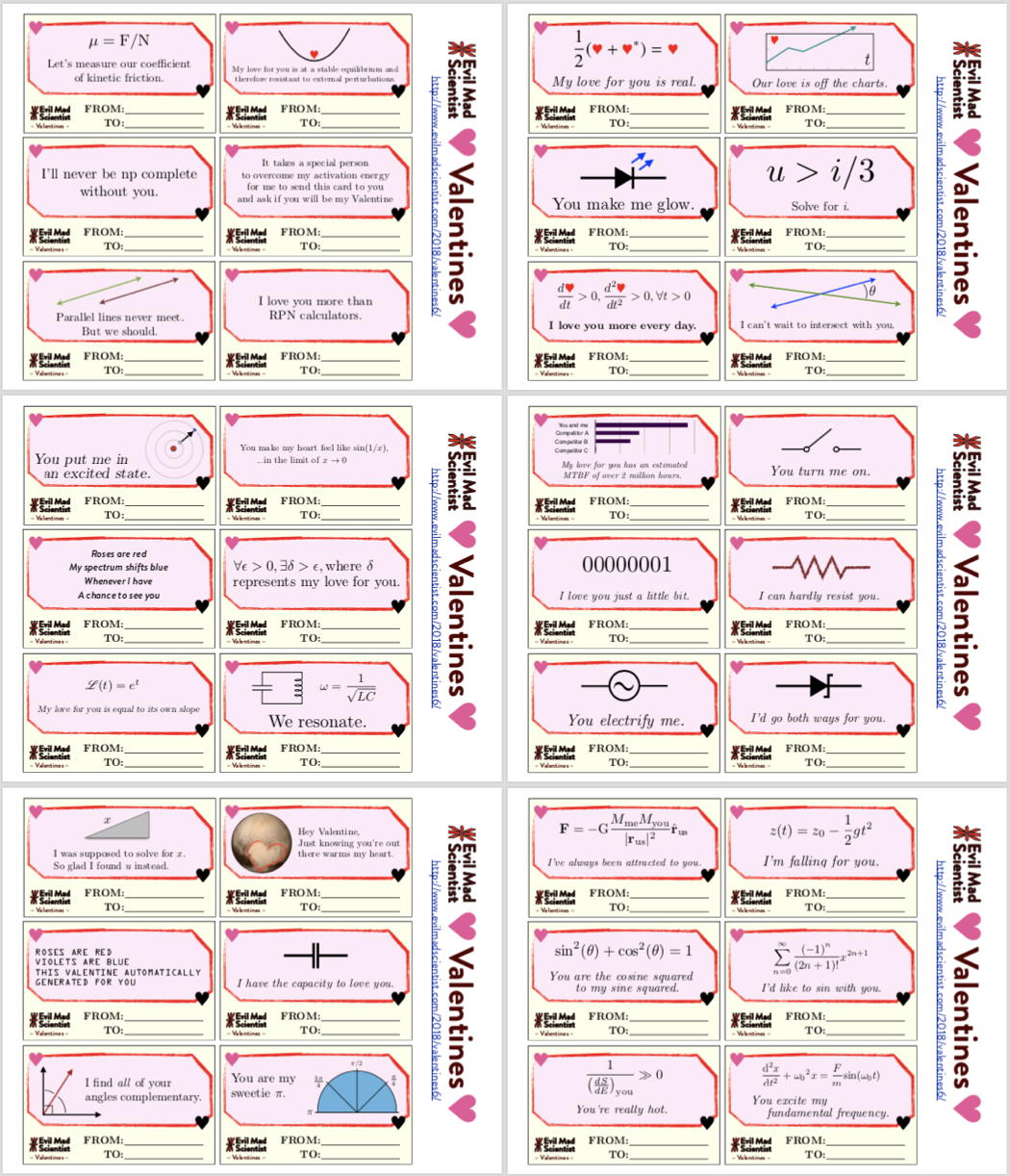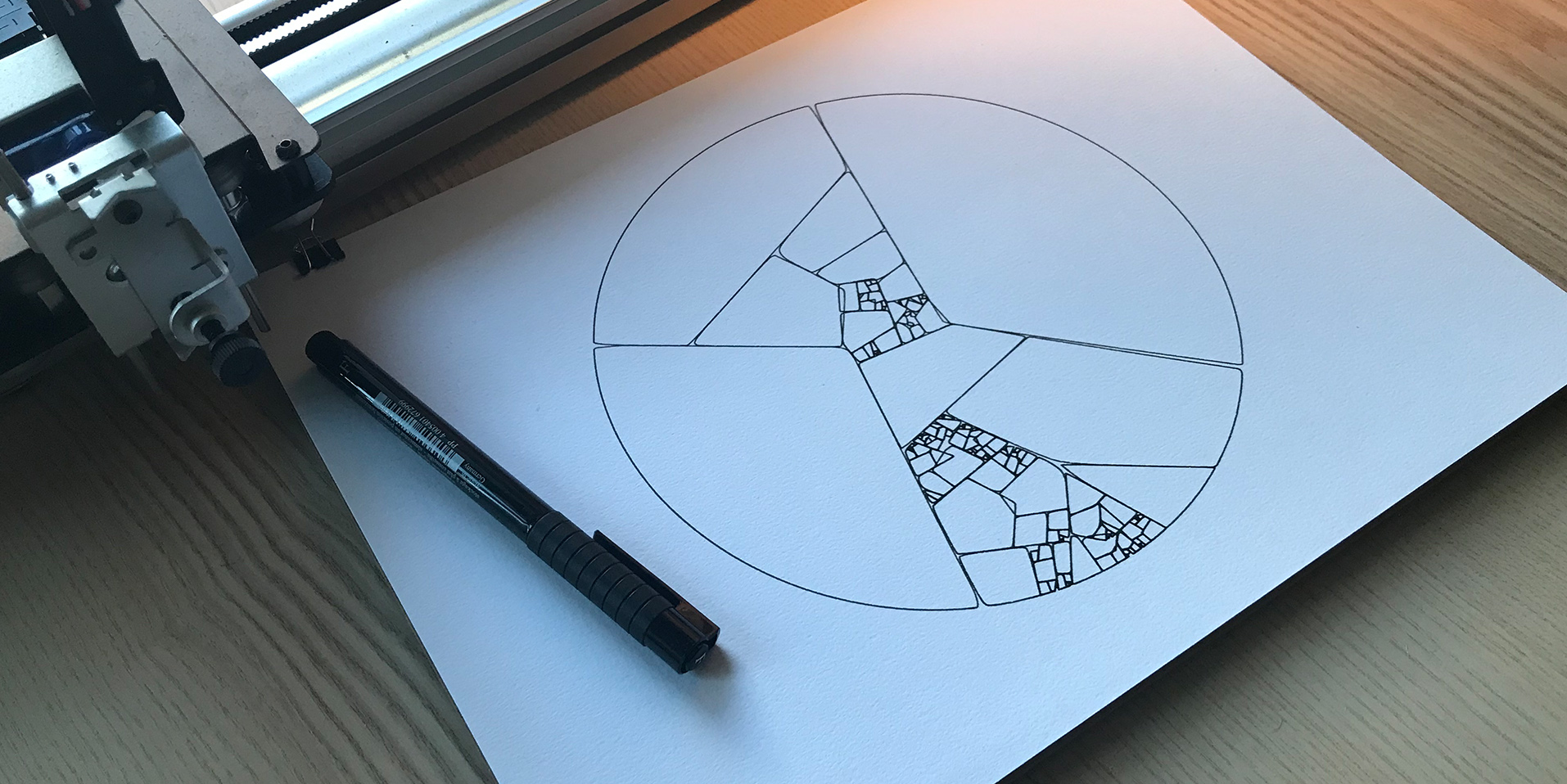
- 8 cups (Meyer) lemon pieces
- 1 cup lemon juice
- 1 cup water
- 3 Tbsp grated ginger
- 2/3 cup ginger matchsticks
- 6 cups sugar
First cut up the lemons into small pieces and remove any obvious seeds. After juicing lemons, we’ve found that straining it through a julep strainer holds back the seeds but allows most of the pulp through.
Our favorite tool for grating ginger is a fine microplane. For making matchsticks, a mandoline slicer makes short work of it. Put the lemon pieces, lemon juice, water, grated ginger, and ginger matchsticks in a pot and simmer until the lemons start to soften. Add the sugar. Stir regularly and cook to the desired consistency. To test consistency, put a spoonful on a plate in the fridge. If it’s too runny after cooling for a few minutes, keep simmering and test again after a few minutes.
Makes about four pints. If you want to can it for longer storage, Ball has a nice introduction to canning on their website.
Put the lemon pieces, lemon juice, water, grated ginger, and ginger matchsticks in a pot and simmer until the lemons start to soften. Add the sugar. Stir regularly and cook to the desired consistency. To test consistency, put a spoonful on a plate in the fridge. If it’s too runny after cooling for a few minutes, keep simmering and test again after a few minutes.
Makes about four pints. If you want to can it for longer storage, Ball has a nice introduction to canning on their website.
Other fruit preserves from the Play with your food archives:




















 We’re bringing the
We’re bringing the 

